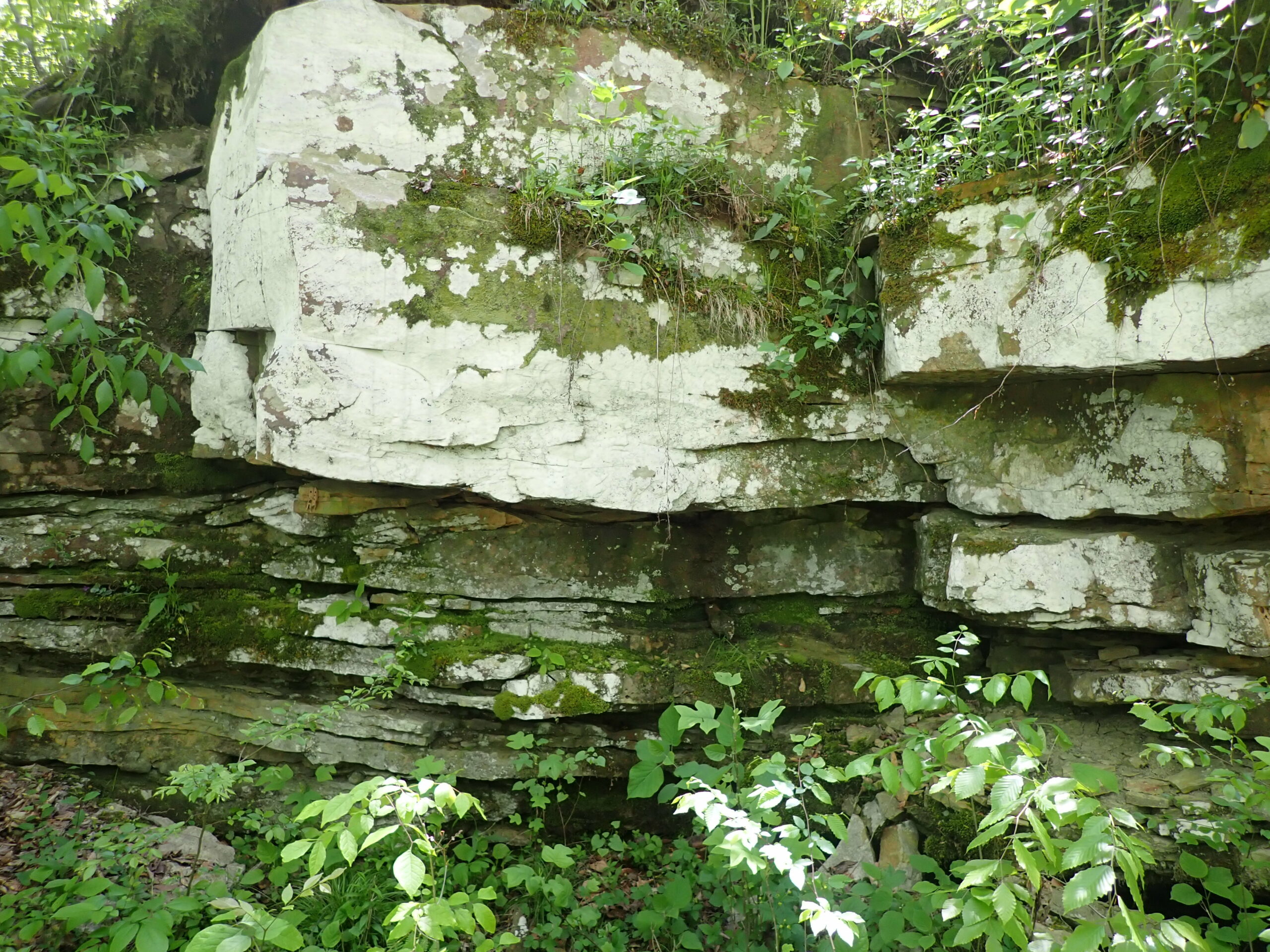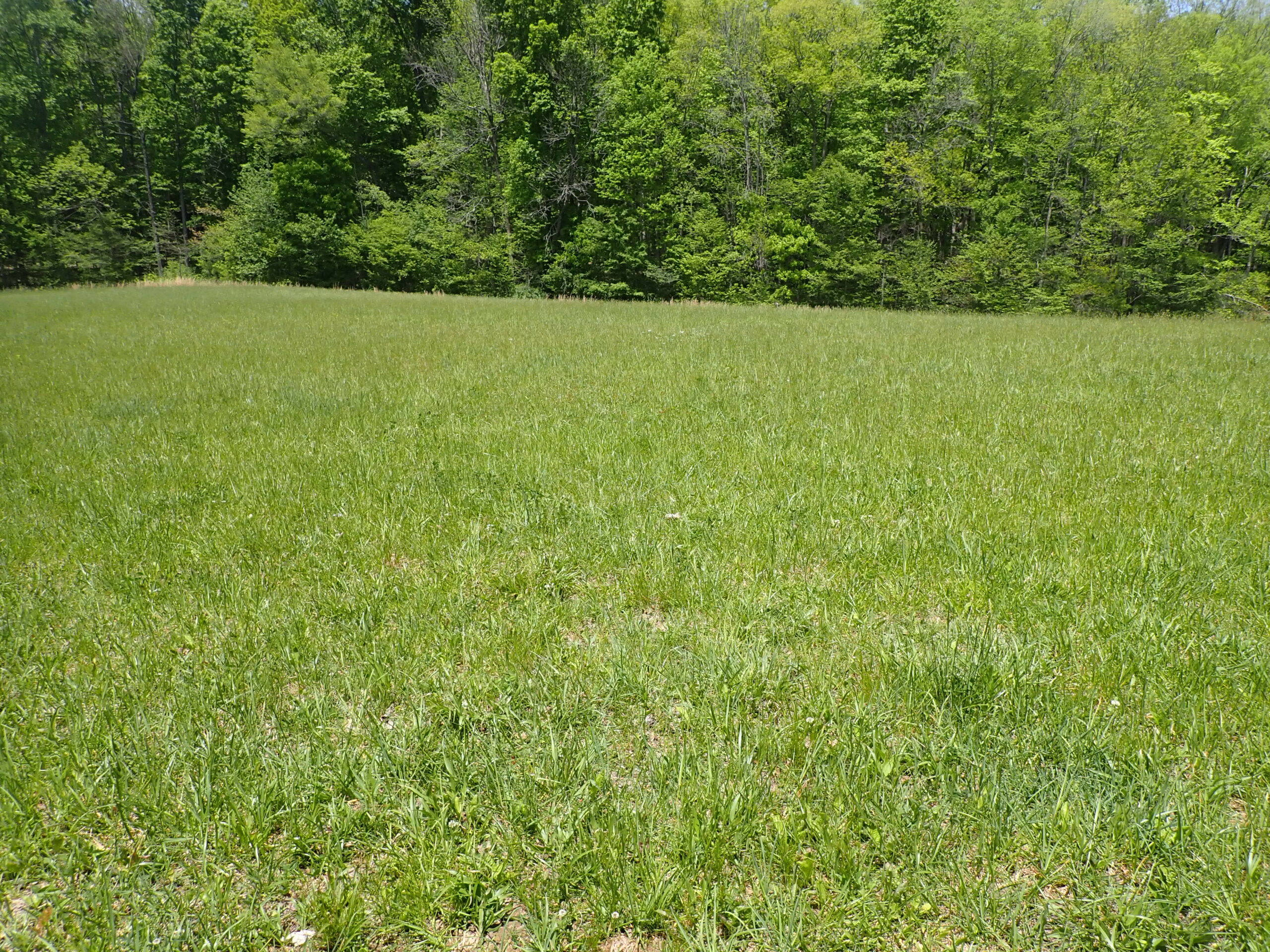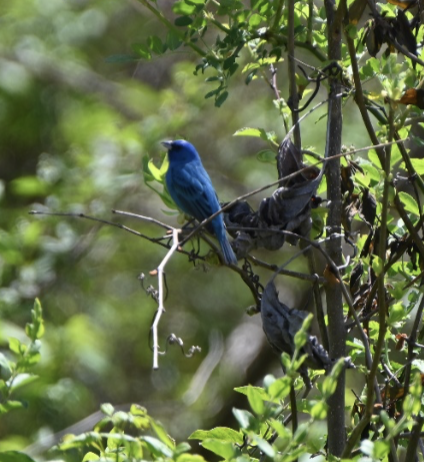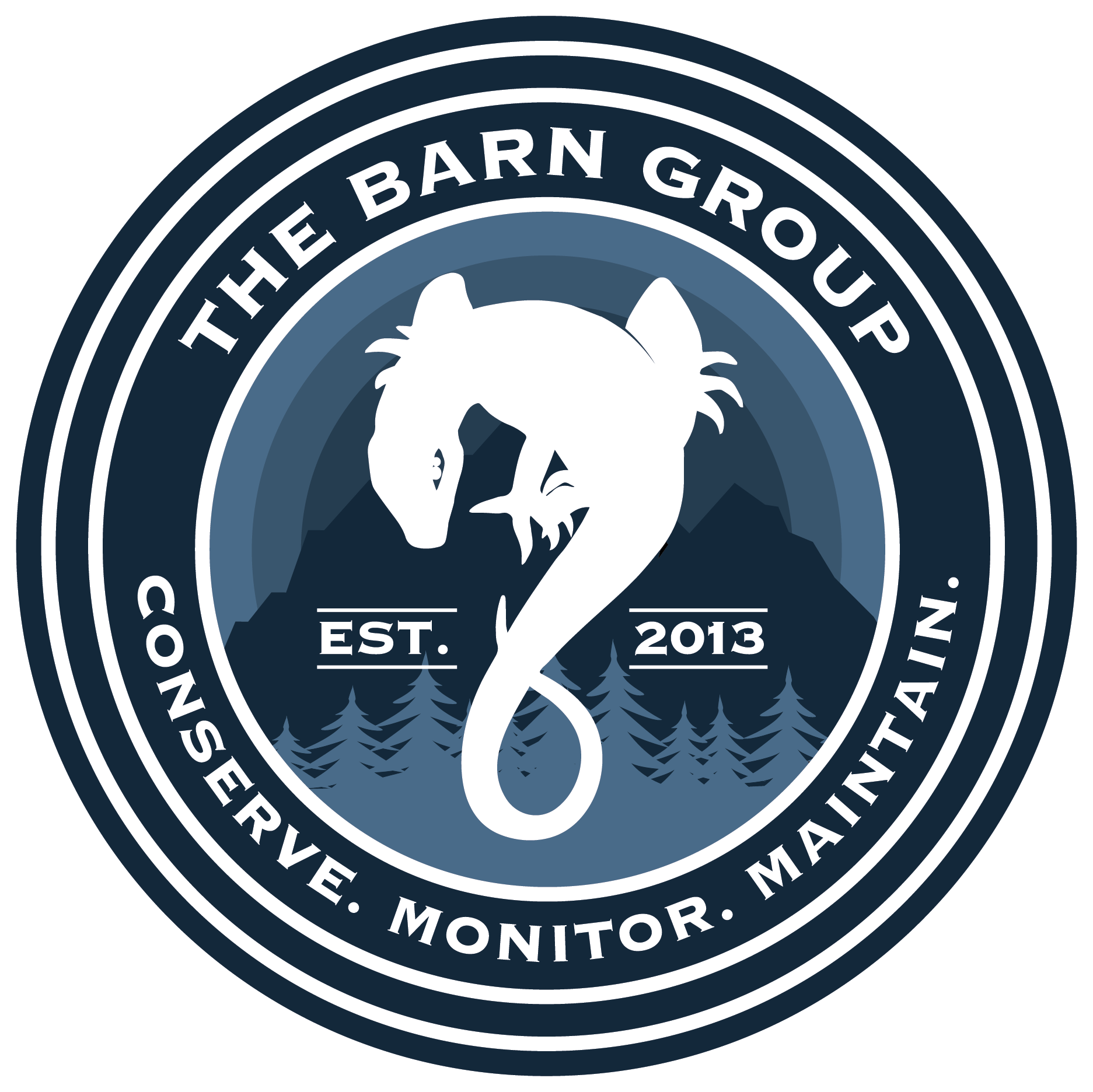Tennessee Cumberland Plateau
The Cumberland Plateau Region is a diverse area that has some of the largest continuous tracts of forest in the United States. The Barn Group (TBG) has conserved seven properties within this region to protect the future values that these areas hold. Being able to protect habitat areas like these solidifies that endangered species and wildlife loss will have an area that is undisturbed in perpetuity forever.

Habitat Features
The native habitats found in this region consist of predominantly Oak-hickory forests. The land consists of rolling mountains near the edges of the Appalachian Mountain range in the Eastern United States. Important riparian areas can be found on most properties with species niche habitat within. The presence of humans across the area had led to clearing of areas for agricultural fields and home sites. These areas have become habitat for many bird species as well as mammals that have used these open areas to forage and live within the rugged terrain. Outcroppings are also a topographic feature that is known in the region and is home to a large population of bats. Some of these bats are species of great concern and by preserving properties within the Cumberland Plateau region has given undisturbed habitat for these species to thrive.
Land Use
Land uses on TBG Properties are limited to only activities that follow in line with the conservation values set forth when the properties are conserved. Most of the properties within the Cumberland Plateau region are used for hunting and recreational activities that do not harm our values and can help improve the habitat for wildlife and plant life combined. Other activities that are practiced on these properties include limited agricultural and restoration practices. Examples of these are using agricultural fields for hay production which allows limited monetary use while keeping openings in the forested area for animals like the white-tailed deer to forage. Invasive species like Kudzu are controlled to ensure the invasive species do not harm native species within the properties Land uses on TBG Properties will not only keep this beautiful protected but will also improve the land to host native species of the region.


Species Diversity
The conserved properties in this region are teaming with biological diversity. The predominate Oak-Hickory forests and riparian habitats are important for many wildlife and plant species. Also, the karst areas in this region support several priority sites used by Gray Bats and Indiana Bats for hibernation over the winter, as well as a large diversity of species unique to this region that require caves for all or part of their life cycles TBG biologists have done in-field surveys, audio surveys, and game camera surveys to document the wildlife diversity utilizing these conserved habitats. Several plant and animal species have been documented on each of the properties including bobcat, coyote, racoon, striped skunk, white-tailed deer, barred owl, and pileated woodpecker. Several Species of Greatest Conservation Need (“SGCN”) were documented on the conserved properties for foraging, nesting, roosting, or migration. These include the Black and White Warbler, Eastern Kingbird, Eastern Towhee, and Eastern Wood-Pewee. TBG conserved properties, including the abundant resources they provide, will be preserved in perpetuity for the maintenance and support of these sensitive populations.
